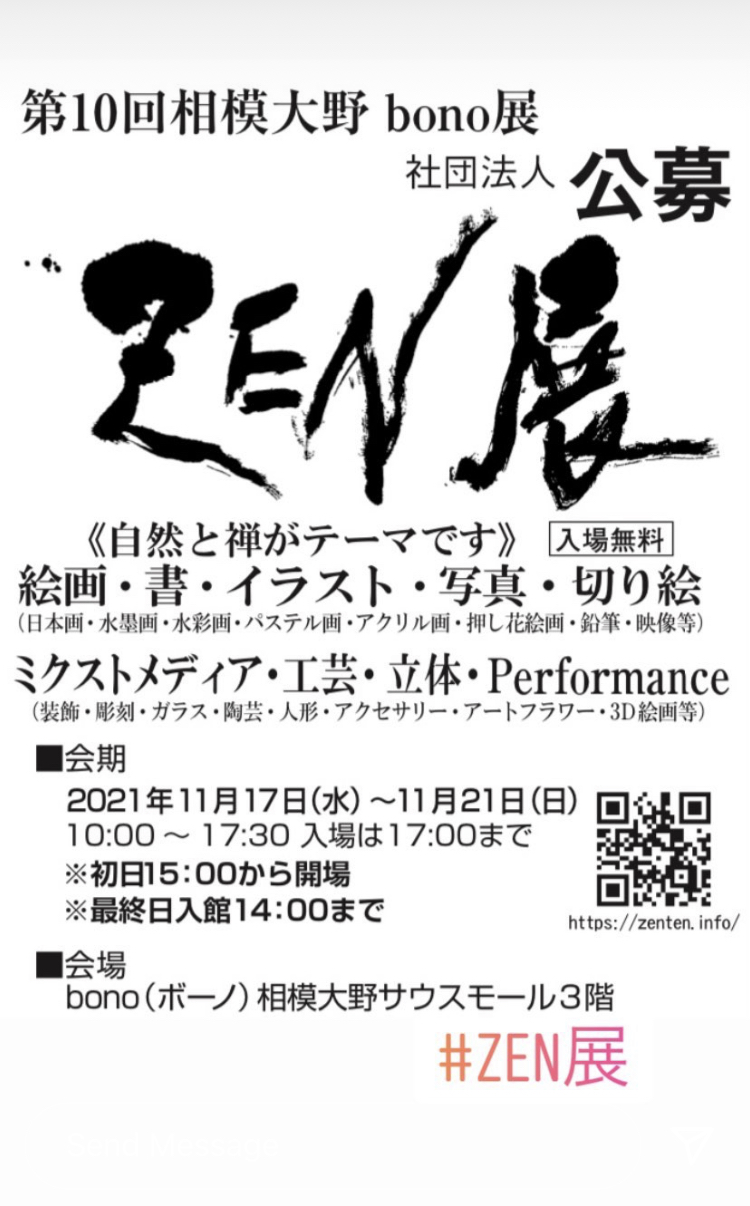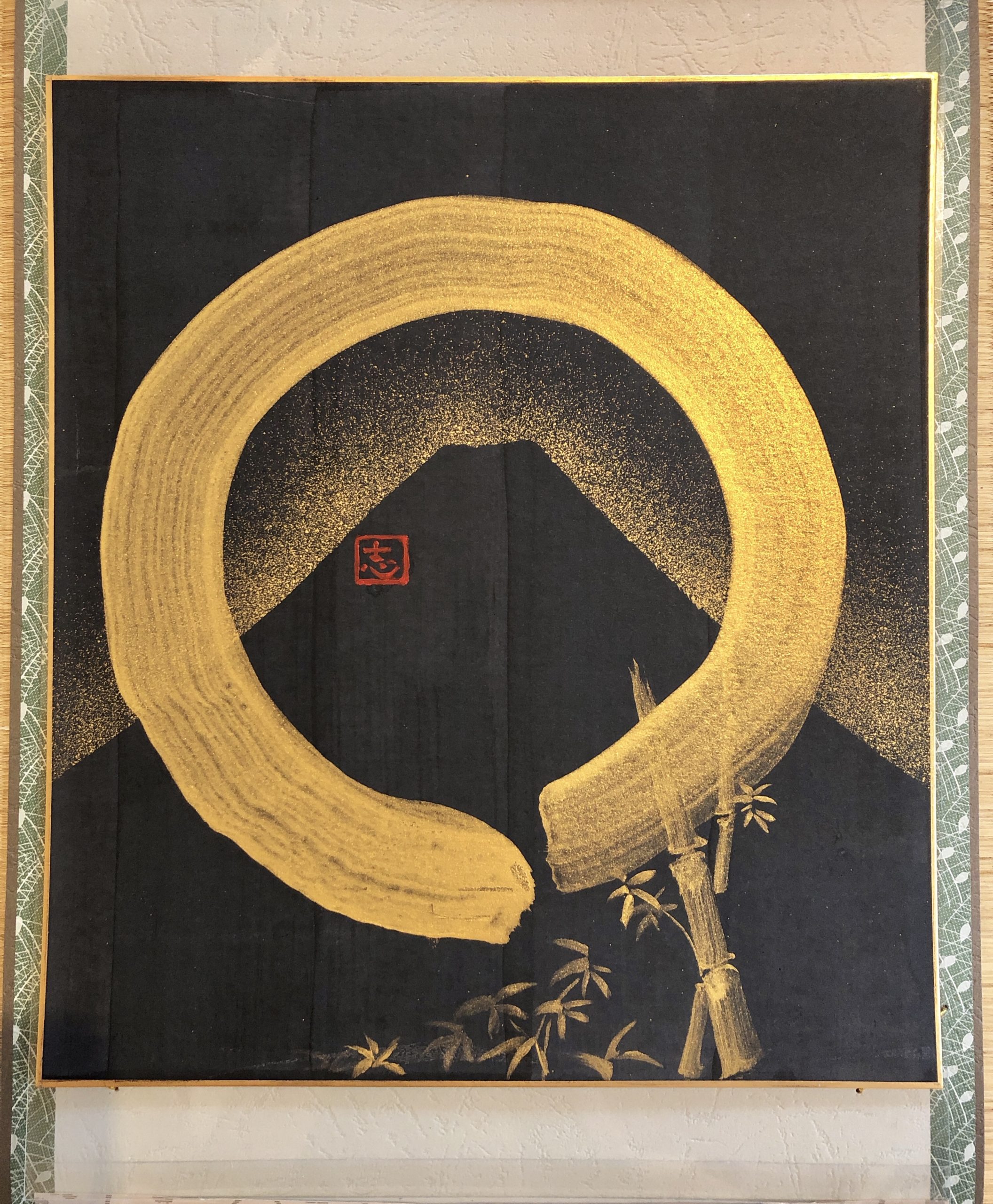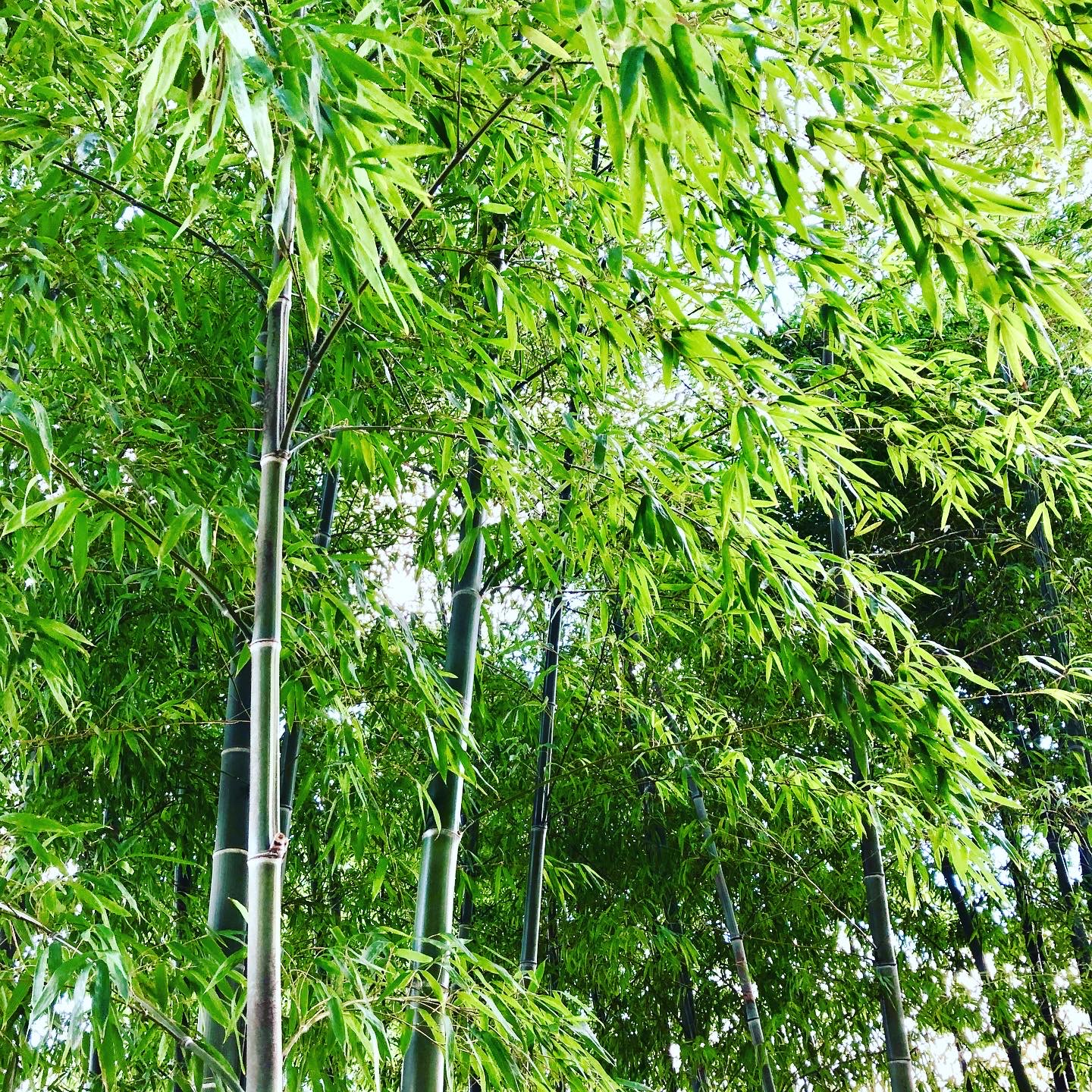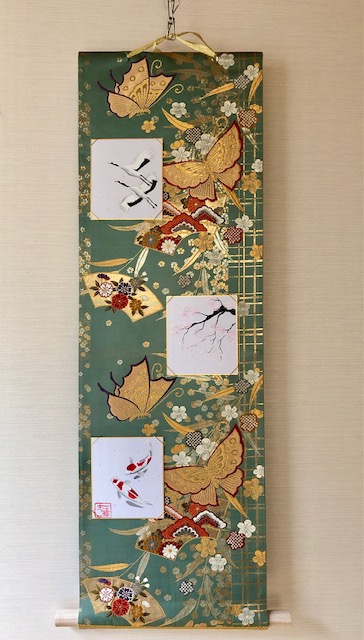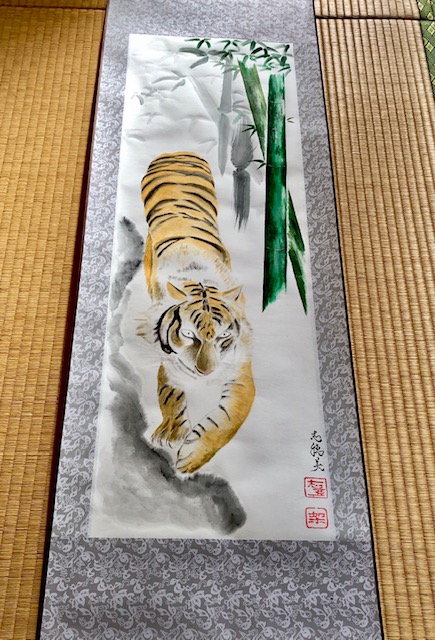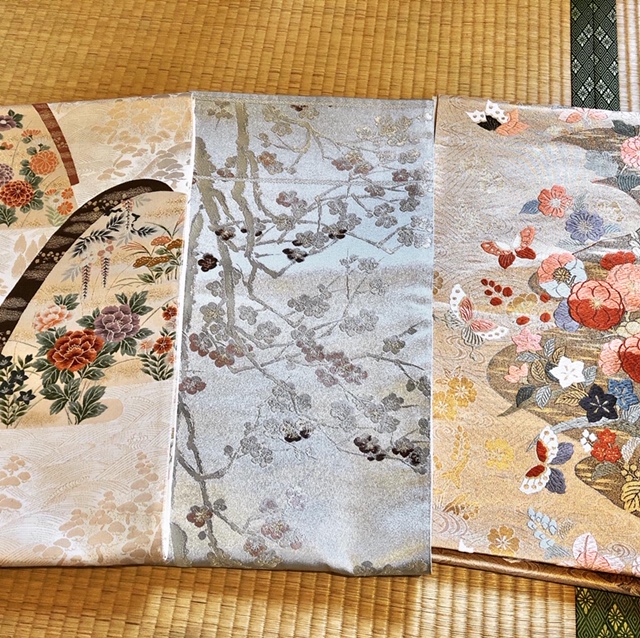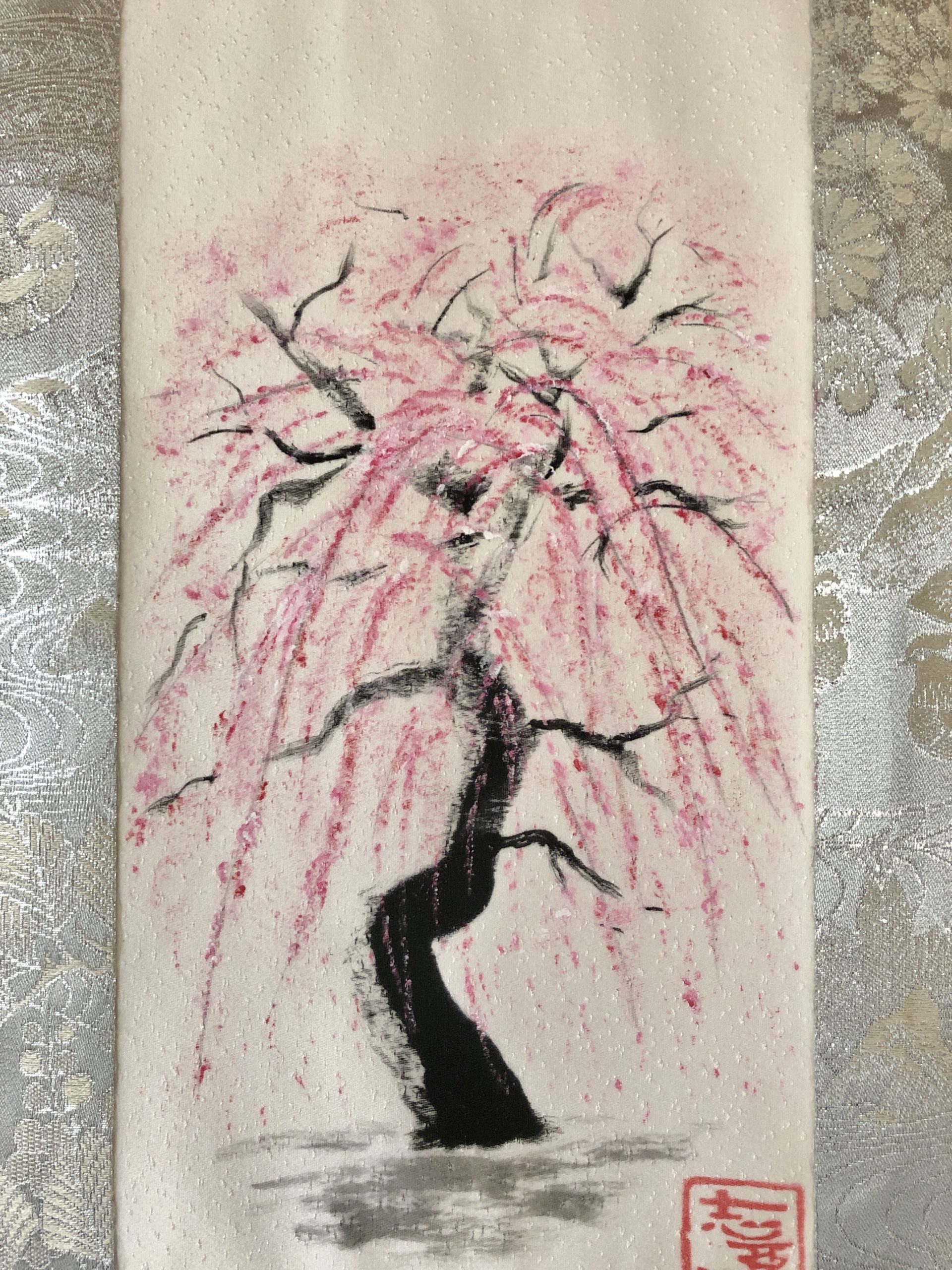RYU Kakejiku Live painting dedication at Enno-ji temple in Fukuoka
I had a great opportunity to dedicate my RYU dragon Kakejiku with live painting at Enno-ji temple in Fukuoka 2022, October 4th. It was a wonderful serene atmosphere inside the main hall of Buddha. The priest recited sutra for one …
RYU Kakejiku Live painting dedication at Enno-ji temple in Fukuoka Read more »
